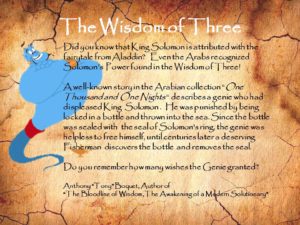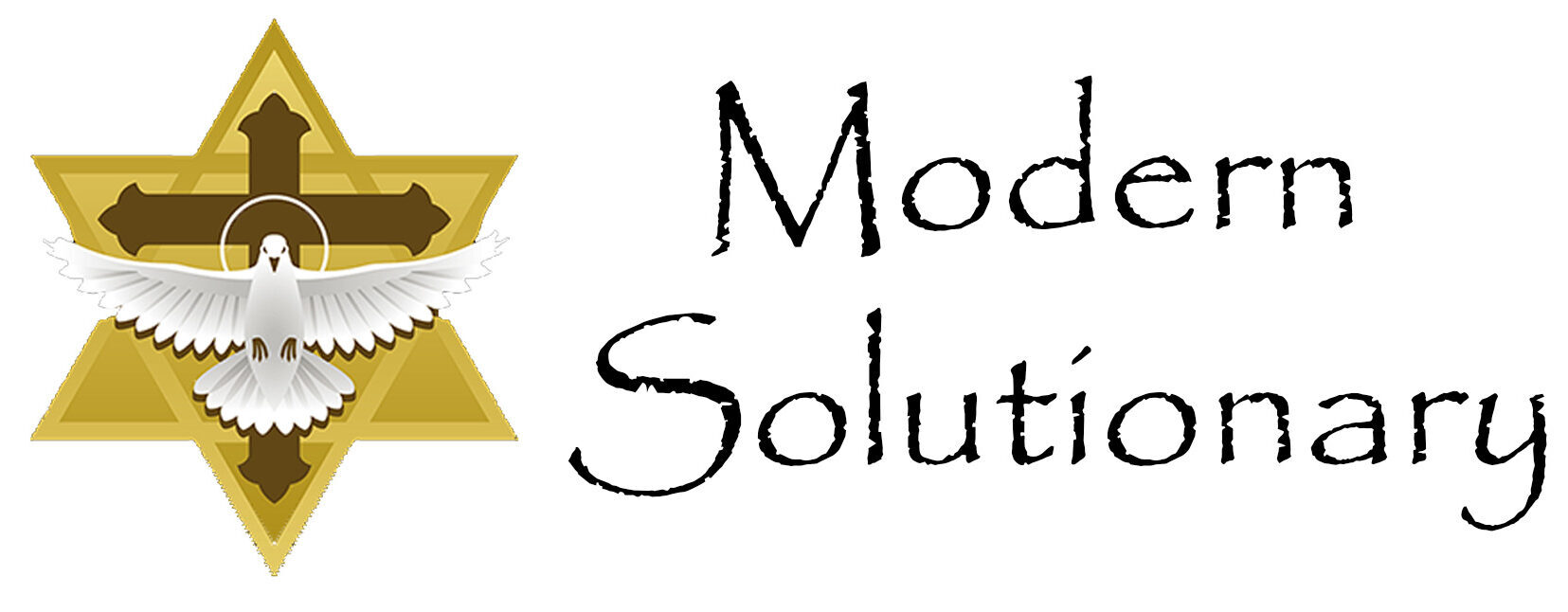 We live in a time when campfire stories, legends, and myths are no longer the common method of detailing remarkable persons, places or events. For millenniums, leaders have been memorialized through the retelling of their outstanding character traits. In some ways we seem to have outgrown those ancient forms of communication for something better; something more progressive. As a storyteller, I am personally torn in my acceptance of the various forms of modern communications.
We live in a time when campfire stories, legends, and myths are no longer the common method of detailing remarkable persons, places or events. For millenniums, leaders have been memorialized through the retelling of their outstanding character traits. In some ways we seem to have outgrown those ancient forms of communication for something better; something more progressive. As a storyteller, I am personally torn in my acceptance of the various forms of modern communications.
I think that it is sad that the popularity of Twitter, now X, continues to grow because it highlights a culture, intentionally or not, that develops an art of communication that at its heart reduces the message by limiting the amount characters. It emphasizes the size of the message not the fullness of the point to be shared. This would be fine if this was a parlor game, instead it has become a source of our national media, spending enormous amounts of resources trying to fill in the meat of the intended messages of important people. Guessing is rapidly becoming a journalistic talent used for inflaming emotions. Maybe, just maybe, could we be missing critical parts of the message needed for understanding, and the most of all, the context of intent?
On the other hand, there are many cool similarities between the old and the progressive communication methods. Before the expanse of written communication, people depended on travelers to pass along the details of amazing people they met and things that they had either personally witnessed or was told about. Word of mouth at community gatherings were the equivalence of the nightly news and just like today, you shouldn’t believe everything that you hear. The more amazing the subject, the more it was retold; not unlike today’s social media “shares”. The better the storyteller, the larger the crowd; hmm, not unlike those who posts on a social media sites; building groups of followers.
So just like in centuries past, stories are still being shared, the messages will be altered and in some cases, a slightly different story will be passed on. Just as in ancient times, the current receiver of the message must determine the truths hidden in the tale. Embedded in every good story are the embellished elements designed to capture the listener’s attention and the truths of the original story designed to enrich the audience to the same level as the teller. Without the passionate flare of the teller the attention of the audience will be lost; without the trustful delivery of the truth the story has no lasting power or value. Sometimes the truth jumps out quickly and other times the teller is intentionally vague as to make you think.
Passion, trustworthiness and truthfulness are the three key attributes of any storyteller who uses the art of storytelling to transfer knowledge, build character or convey the truths needed for wise decision making. If the messenger cannot be trusted, the truth is lost and the story will die away. That is why when certain travelers who wore the mantle of trust passed through the area the people would seek them out; flocking to hear their stories so they could learn how they could apply the truths to their own lives.
 The slide above depicts one such ancient tale that has survived the passage of time, to finally be captured in writing centuries after being passed down around countless campfires. The story has no fewer than five versions, having been told worldwide beginning in the BC era. You might not have known that the origin was a telling of how Solomon’s wisdom was so great he could control the demons. A Jinn or Genie, in Arabia was what we would call a demon.
The slide above depicts one such ancient tale that has survived the passage of time, to finally be captured in writing centuries after being passed down around countless campfires. The story has no fewer than five versions, having been told worldwide beginning in the BC era. You might not have known that the origin was a telling of how Solomon’s wisdom was so great he could control the demons. A Jinn or Genie, in Arabia was what we would call a demon.
If this is my last post, I want all to know that there was only one purpose for all that I have written; to have made a positive difference in the lives of others.
Anthony “Tony” Boquet, the author of “The Bloodline of Wisdom, The Awakening of a Modern Solutionary”
